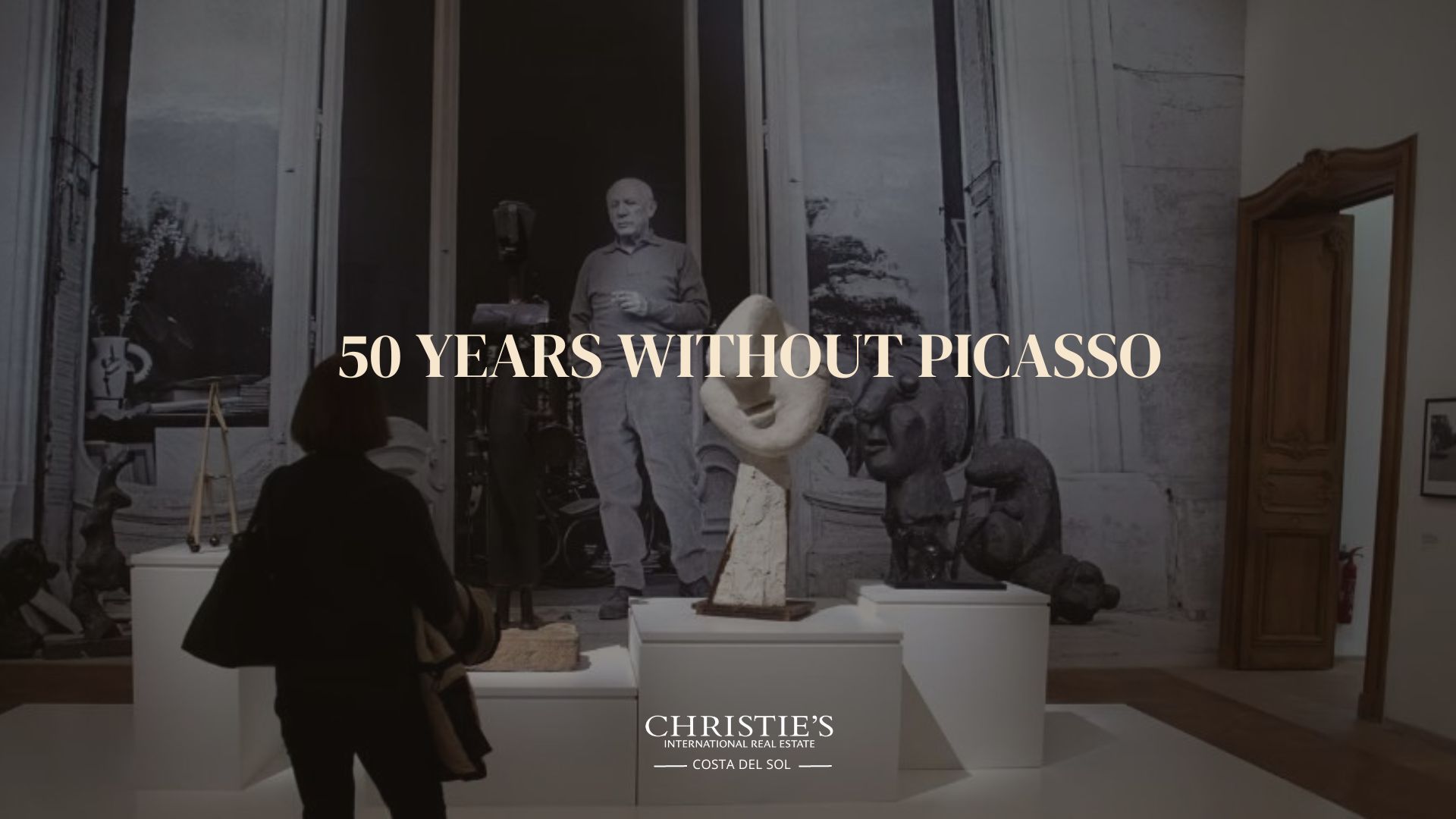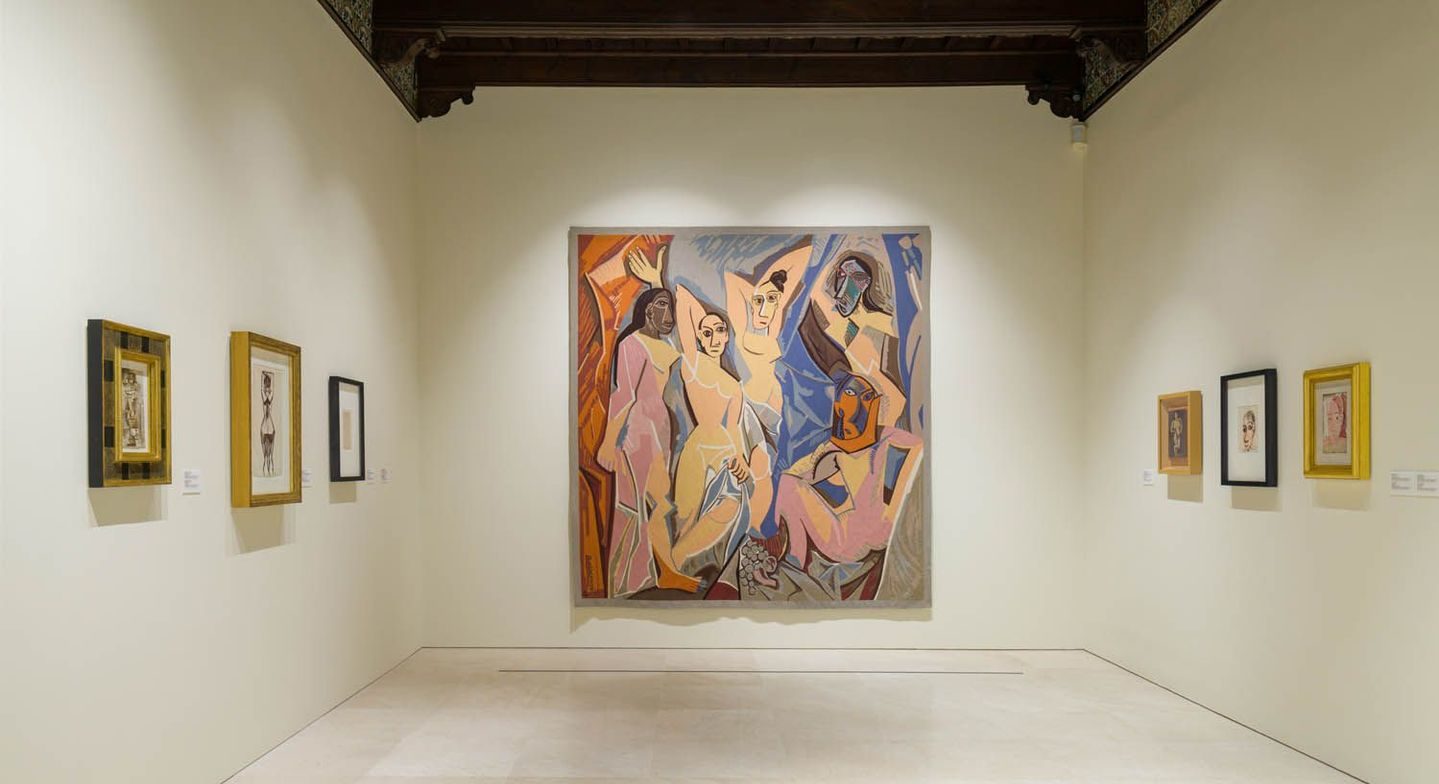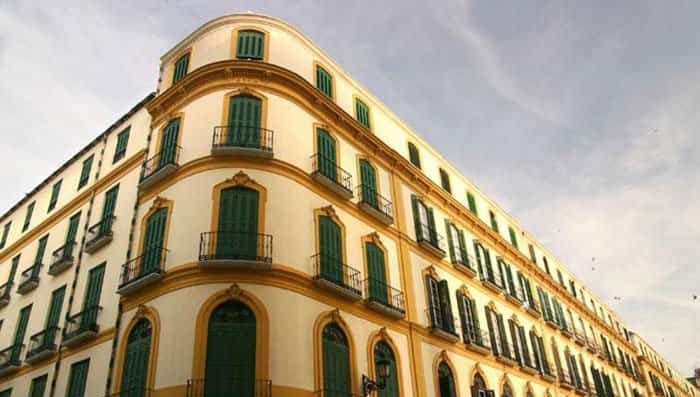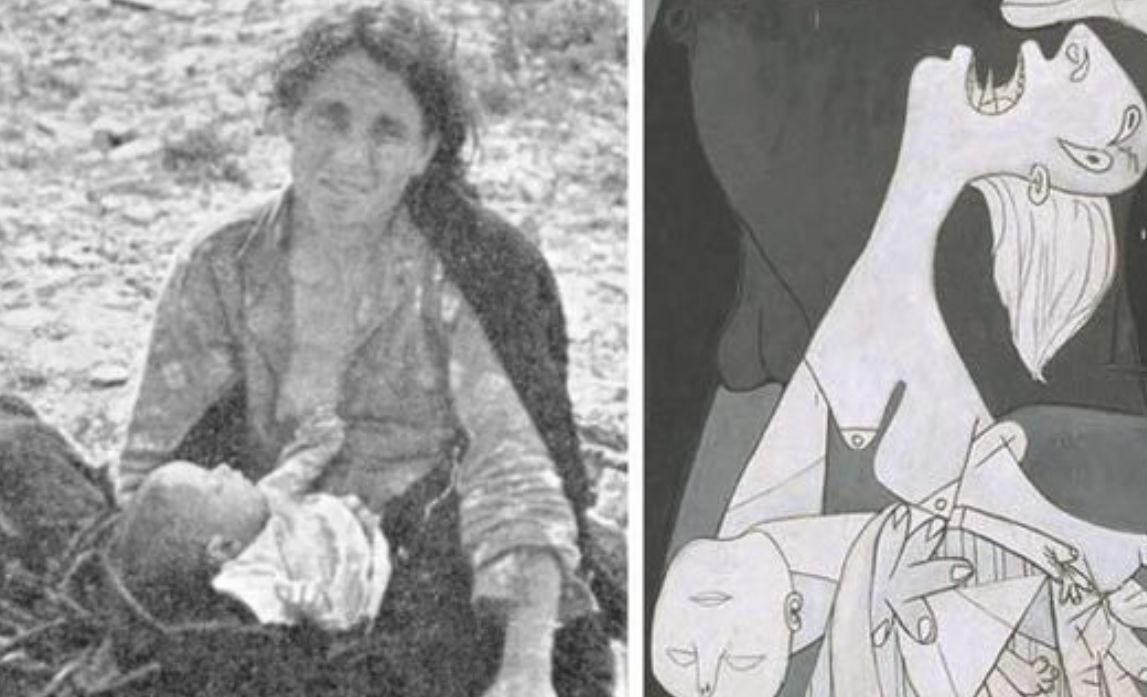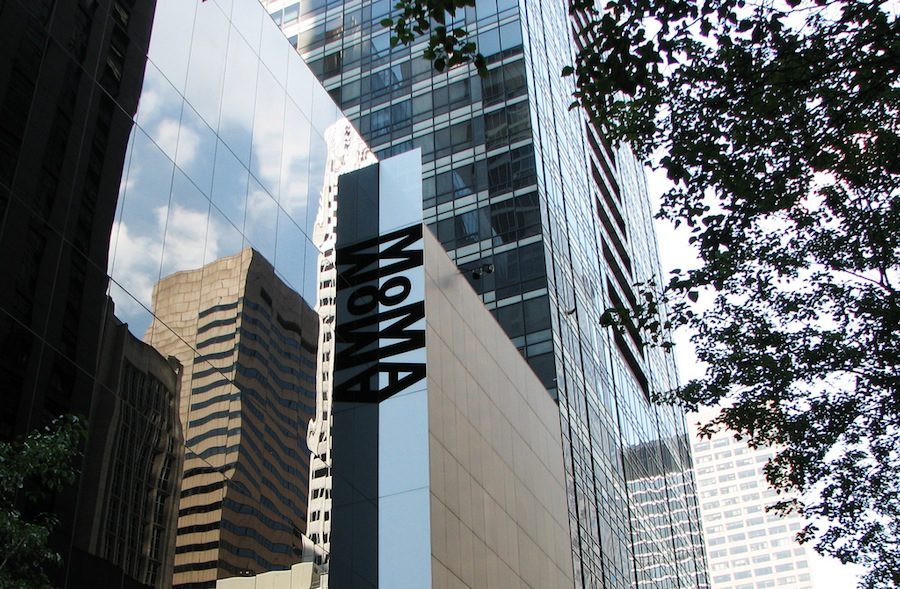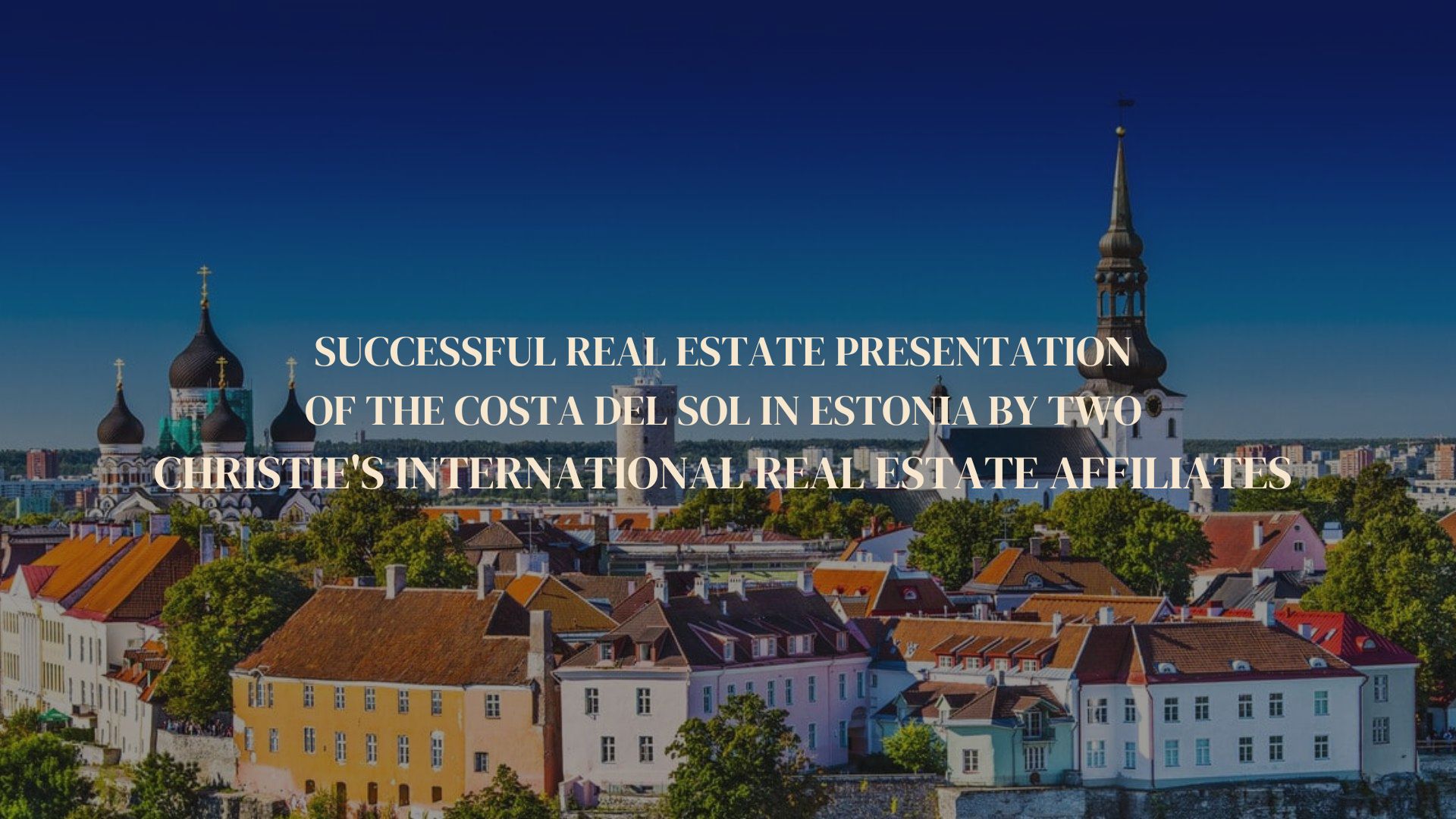
This April marks the 50th anniversary of Picasso's death. Specifically, on 8 April 1973, when this genius of artistic creation left us, from his home in Mougins, France. To honour the artist, more than 50 exhibitions will be held around the world from different perspectives.
In our post we want to highlight the importance of this painter, his great relevance in the History of Art and how he was always linked to his homeland, most known as Costa del Sol.
PICASSO AND MALAGA
Picasso is from Malaga, born in the province's capital in 1881. According to the baptismal certificate, his full official name was: Pablo Diego José Francisco de Paula Juan Nepomuceno María de los Remedios Crispiniano de la Santísima Trinidad Ruiz y Picasso.
Choosing Picasso as artistic name, was his own decision and it did also came about, as his friends in Barcelona preferred to call him by his maternal surname, being more exotic than his paternal one. The surname Picasso was originally inherited from the maternal great-grandfather, Tommaso Picasso, of Genoese origin, who moved to Spain at the beginning of the 19th century.
PICASSO AND HIS PARENTS
Pablo Picasso's father wanted to be an artist, without unfortunately excelling. He played a key role in his son's career in terms of early training; José Ruiz y Blasco was initially a drawing assistant at the School of Fine Arts in Malaga, obtaining, later in years, a professorship in La Coruña. Not only he was Picasso's first teacher, encouraging him to develop strong skills, but he was also responsible for introducing his son to the world of painting and guiding him throughout his career. Over the years, Picasso evolved from a more academic style to his very own, free style, becoming, for example, one of the forerunners of Cubism.
However, Picasso's mother played a more crucial role in his development. Doña María Picasso López, Andalusian and linchpin of the household, always believed in her son's enormous talent and supported him greatly. They always had a great relationship, even though they were both strong-willed individuals. Many of Picasso's early drawings are representing his mother while reading or sewing. She was, shall we say, one of his first models.
PICASSO'S BIRTH HOUSE MUSEUM IN MALAGA
Picasso's Birthplace can be visited in Plaza de la Merced in Malaga. It is a museum with a permanent collection, as well as interesting events program about the painter throughout the year.
The beautiful building, which adds part of its charm to the square, was built in 1861 and belongs to a group of houses called "Casas de Campos" with unique green shutters. Picasso lived with his family in one of this building's apartments until he was ten years old. He then moved with his family to Galicia and later to Barcelona but independently. Picasso eventually established his permanent residence in France, although it is documented, that he returned to Spain and Malaga on numerous occasions.
The house tour of his birthplace recreates what it would have been like for the painter to grow up in a bourgeois family, with certain comforts and an affinity for art. The guides explain how Picasso's childhood marked him to such an extent that many of his recurring themes come from this period. Bullfighting and flamenco guitars are an essential part of his work, as are his mythical pigeons, always present in the square.
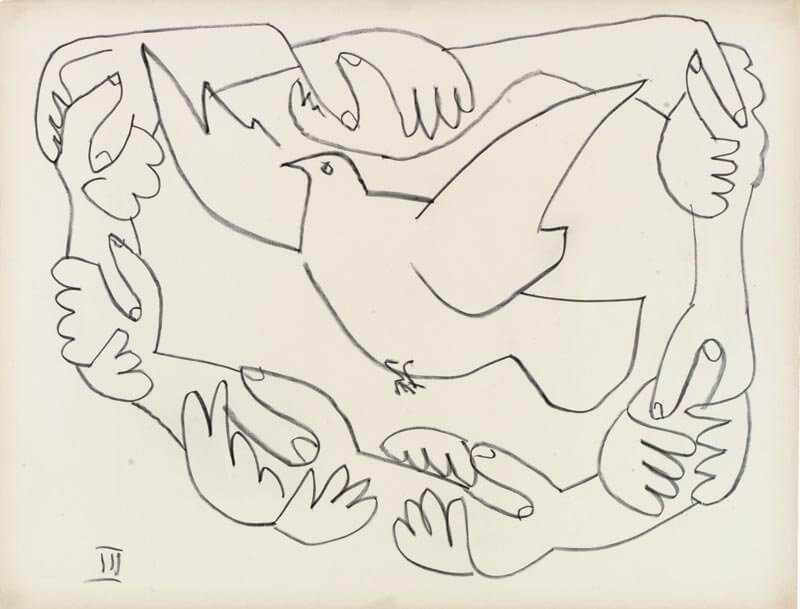
The art gallery with the most works by the artist here, in his homeland is the Museo Picasso Málaga. Located in the beautifully restored Buenavista Palace and open every day from 10:00 to 19:00. It is a "must" if you visit Malaga city and is even more interesting if you hire a guide service. To find out more about Malaga itself you can read our post "Malaga to feel luxurious".
PICASSO AND THE SPANISH CIVIL WAR
One of Pablo Picasso's best known works is "Guernica". Most of the art-loving public is familiar with this painting as indictment of the atrocities and barbarity of war.
More specifically, Guernica, was a small village in the north of Spain, mercilessly bombed by German and Italian pilots on the 26th of April 1937. After three hours of incessant bombing, majority of the town was destroyed and more than a hundred civilians died. The official motive, was an armaments factory located in the town, but in truth, the atrocious act, was merely a display of power from "the rebels" against the government and Republic.
To put the play in context, we must explain that the Spanish Civil War is the most traumatic event in Spain's recent history. To briefly explain, in mid-1936, a group of soldiers, led by General Francisco Franco and supported by Hitlerian Germany & Mussolinian Italy, rose up against the legitimate, democratic government of the Second Republic of Spain. They provoked and initiate a bitter civil war that lasted almost three years, plunging the country into poverty and despair.
EUROPE AT WAR
Let's all bear in mind, this Spanish war, was the prelude of what followed later in Europe. If on 1st April 1939 the dictator Francisco Franco proclaimed himself as the new head of the Spanish state, on 1st September of the same year, Adolf Hitler provoked an offensive on Poland, triggering the beginning of the Second World War.
The military actions against the town of Guernica is considered one of the first deliberate attacks on civilians in modern history. The events were known worldwide and today the painting depicting what happened in Guernica, remains a symbol of anti-war declaration.
“LA DESBANDÁ” BEFORE GUERNICA
The Spanish Second Republic, did commission Picasso with a free themed painting for the Universal Exhibition in Paris. It was during this period that the bombing of Guernica took place and the painter decided to focus on what was happening in his homeland in relation to the Spanish Civil War while living in exile in France.
Not many people know, this painting had actually an earlier inspiration. Before the population of the Basque Country was cruelly attacked, there had been a most severe bleeding event in southern of Spain. Happened in Malaga, Picasso's beloved natal city, creating a massive impact and great sadness to him.
Malaga was attacked by the fascist army and the population had begun to flee en masse by road, on foot or by donkey, so they could reach Almeria, being back then still Republican. More than one hundred thousand people of humble origin were machine-gunned and bombed by land, sea and air for several days over the two hundred kilometres that separated the two cities. This episode is known in Spanish history as "La Desbandá" (the panicked flee). It is estimated that something like 5,000 people died in the ditches and the rest made their way towards uncertain destinations, hungry, exhausted and sick.
The event took place in February 1937, and some of the firefight came from Italian and German troops, same as would happen later, in April, at Guernica. The event was hushed up even by the Republic itself, out of shame, as Malaga wasn't well defended and no orderly evacuation plan was prepared for the population. Therefore, the bombing of the Malagueños had less international repercussions than the Basques, but not in the painter's heart. Experts have found that both events were the basis for the painting of Guernica.
GUERNICA: FROM NEW YORK TO MADRID
Guernica and the sketches related to its creation are now in the Centro de Arte Reina Sofía in Madrid where can be visited. For forty years, the artefact was in the custody of the MoMA in New York as the painter explicitly stated, not wanting his work of art to return to Spain until the end of the dictatorship.
Of considered dimensions and painted in black and white shades, Guernica generates great visual impact. It uses allegorical figures to represent the pain that all wars inflict on the people who suffer them. Death, brutality, panic and darkness are clearly visible on the canvas. It is a must-see painting that we highly recommend while visiting Madrid.
From the Costa del Sol it is very easy to get to Madrid thanks to the high-speed train, AVE, taking approximately two and a half hours to reach the capital. It is also only an hour and a half away by plane from Malaga International Airport.
In this link you will find all the exhibitions on the brilliant painter that you can enjoy this year.
